Madrid - Arrival in the Capital
Friday, June 06, 2008
 Madrid, Madrid, Spain and Canary Islands
Madrid, Madrid, Spain and Canary Islands
Although northern Spain and a coast to coast trek through the Pyrenees are my main focus of this trip, it seemed quite natural to start it with a few days in and around Madrid . I could at least as easily have skipped Madrid and taken another plane to San Sebastian, but it's more pleasant to spend a few days in the city and travel north at ground level.
I’ve been to Madrid before so don’t feel the need to do a whirlwind of sightseeing during my time in town. For a week at Thanksgiving in 2001 my brother Doug and I flew to Madrid on a flight and hotel room package deal through Gate1 Travel and did most of the touristy things over the week, with three or four days exploring the city and four day trips by train to nearby cities – Avila, Segovia, Toledo, and San Lorenzo el Escorial. Madrid is the perfect escape for a week, a nice city with much to do in town and many nearby places that are easy to get to by public transportation as day trips.
My memories of Madrid are fond ones . I’d go so far as to say it is one of my favorite cities in Europe. I think the metro population is around four million, but just a few centuries ago it was a small town that didn’t become the seat of government until relatively late. The results in a rather small historic center compared with big cities like Paris, Rome, London, and even Barcelona, one that’s easy to manage on foot and take in in a few days. I enjoyed myself enough that week to repeat something similar Thanksgiving week the following year with a week in Barcelona. That year I went alone,though.
On a summer 2006 Silk Road trip from London to Beijing with Dragoman I got to know a Spanish couple from Madrid who were on the truck the full distance from Istanbul to Beijing. I kept in touch with Jesus Sanz and Maria Angeles Garcia and notified them when I was going to be in Madrid with the hope of possibly meeting up with them for dinner and drinks or something. I wasn’t expecting then to roll out the full red carpet for me for four days, though.
Jesus went as far as to pick me up at the airport, my flight arriving at the sparklingly modern and massive new terminal, a quite different experience from the rather dull old terminal Doug and I arrived at in 2001 . My understanding is that Jesus does some kind of building inspection work for the city or region of Madrid and was able to schedule a break into his day to pick me up and then drop me off at a budget hotel in the center of Madrid.
I find it hard to figure out the best way to get over jet lag, especially on trans-Atlantic flights heading east. It was a beautiful day of which I probably should have made better use, but after lunch what I really needed was a five hour nap in preparation for a night out on the town. After work Jesus and Maria Angeles met up with me and we went out, first a few hours walking around the historic part of the city in the late June light from the Puerta del Sol to the Plaza Real, the lively Latina District, and the gardens around the Almudena Cathedral and Royal Palace. As dusk fell we moved indoors with stops at several tapas bars and a sidreria, a bar specializing in cider, the traditional drink of the Asturias region in northern Spain where it’s too cold to grow grapes but apple trees thrive . We ended the evening before midnight, very early for a Friday night out in Madrid, with dinner at an outdoor restaurant on Plaza Santa Ana. It was unusually chilly for mid-June, but that doesn’t stop Madrilenos from eating outside. I’m sure it would have been a much later night had Jesus and Maria Angeles not had big plans for me for the weekend with an early start on Saturday.
I am addressing our weekend adventures in the countryside in separate blog entries. We got back to Madrid Sunday night and this time I was able to stay in Jesus and Maria Angeles’ apartment in a swank part of town east of the center near the Bull Ring. I’m not clear on whether the particular street is still considered part of the Salamanca neighborhood, possibly Madrid’s poshest.
Jesus insisted on going to the train station with me on Monday morning to purchase a ticket for my trip the following morning to Bilbao. It is not clear to me why, but Jesus appeared to have the morning off work and accompanied me into the center of Madrid again for a stroll around and lunch at one of his favorite budget restaurants in the Latina neighborhood a short distance southwest of Plaza Mayor . The place had a number of choices on their Menu del Dia, the daily fixed price lunch specials that are the best deals for dining out in Spain, important since the exchange rate was hovering around $1.60 per Euro. While Madrid seemed to be an almost budget destination to me and my brother in 2001 when the currencies were close to parity, Spain now feels quite expensive.
Jesus left me and I made my way to the museum quarter. Being Monday the Prado was closed, but the Reina Sofia Museum was open. The Museo Nacional de Reina Sofia houses Madrid’s collection of modern art, sort of the city’s equivalent to Paris’s Pompidou or London’s Tate Modern. The museum is housed in a former hospital and has some very appealing gallery space for works by modern artists, especially such famous Spaniards at Chillida, Tapies, Miro, and Picasso. The most famous work of all is Picasso’s "Guernica", a gigantic painting in which he depicted the horrors of the Nazi bombing of Guernica, a village in the Basque Country in northern Spain, during the Spanish Civil War that served as a kind of practice session pre-WWII in an area of the country hostile to Franco’s advancing forces but not militarily significant .
The weather was unusually cold for June, and drizzly in a month of the year when central Spain normally gets almost no rain. I nevertheless decided to hoof it back to my friends’ apartment via the Parque del Buen Retiro (the big park behind the Prado east of central Madrid) and onward through the swank Salamanca neighborhood. Maria Angeles prepared a dish of Angulas a la Bilbaina for dinner. Angulas are little elvers (baby eels) that look almost like spaghetti. The real thing, though, has become very rare and very expensive, so most angulas in Spain are actually made from fish paste with some special flavorings added, a product much like the imitation crabmeat so popular in the United States. The dish still tastes good and helps save the dwindling population of baby eels.
Other Entries

 Madrid, Madrid, Spain and Canary Islands
Madrid, Madrid, Spain and Canary Islands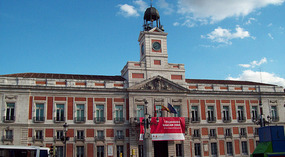
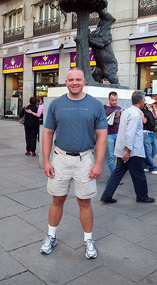
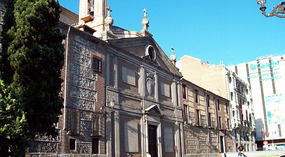
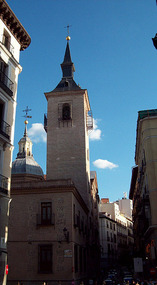
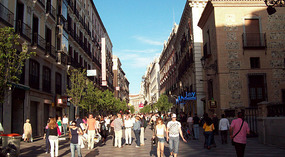
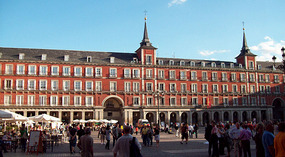


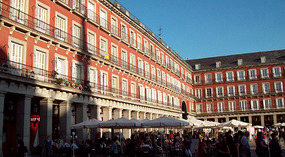





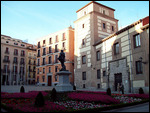
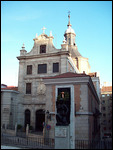
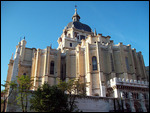
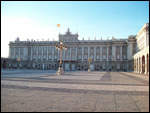
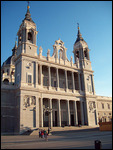
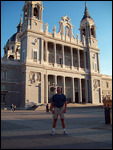
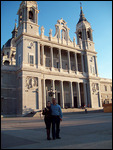
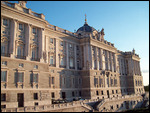
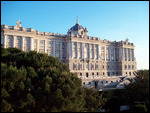
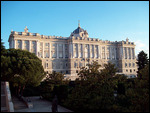
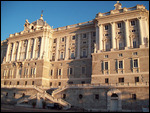

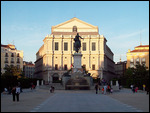
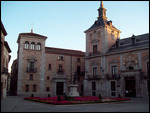
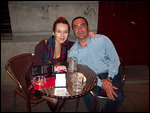
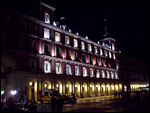
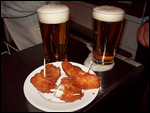
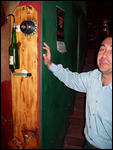
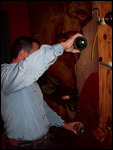
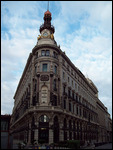
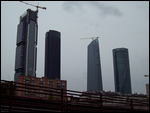
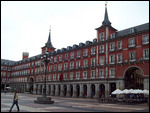
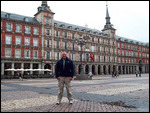
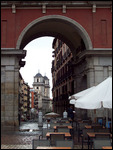
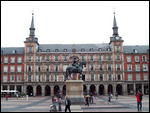
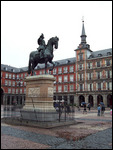

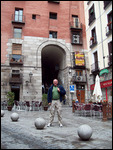
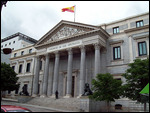
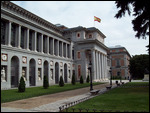
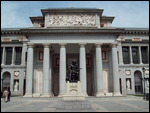
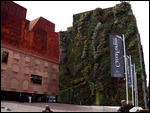
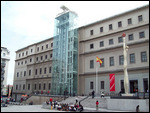
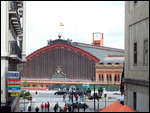
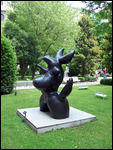
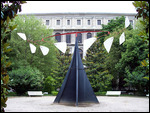
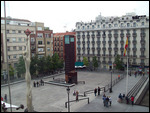
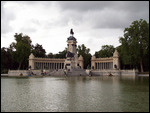
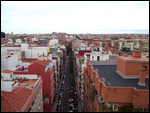
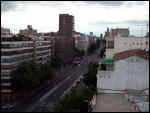

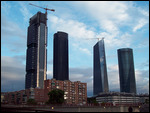
2025-05-22